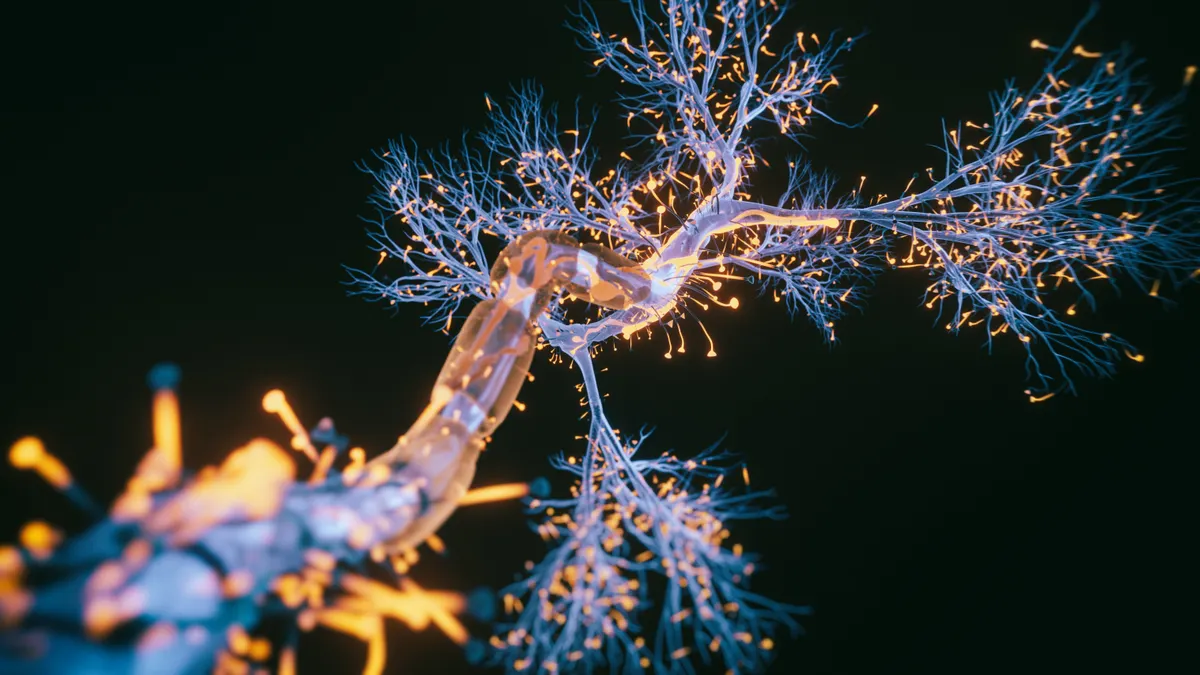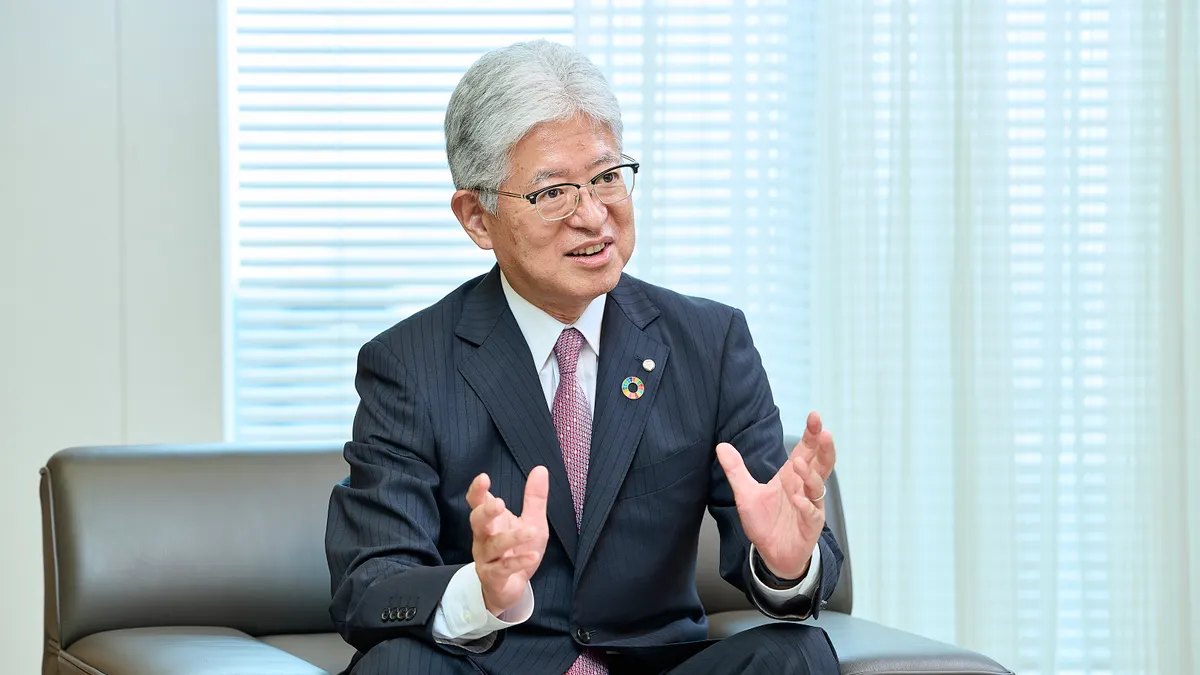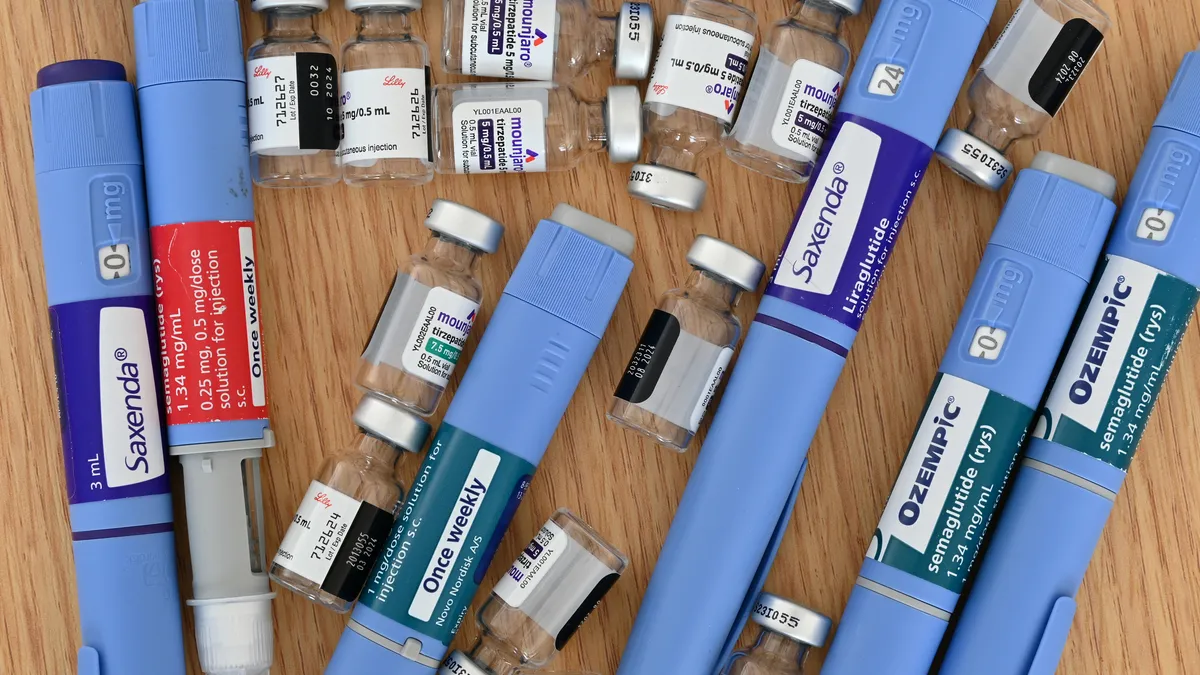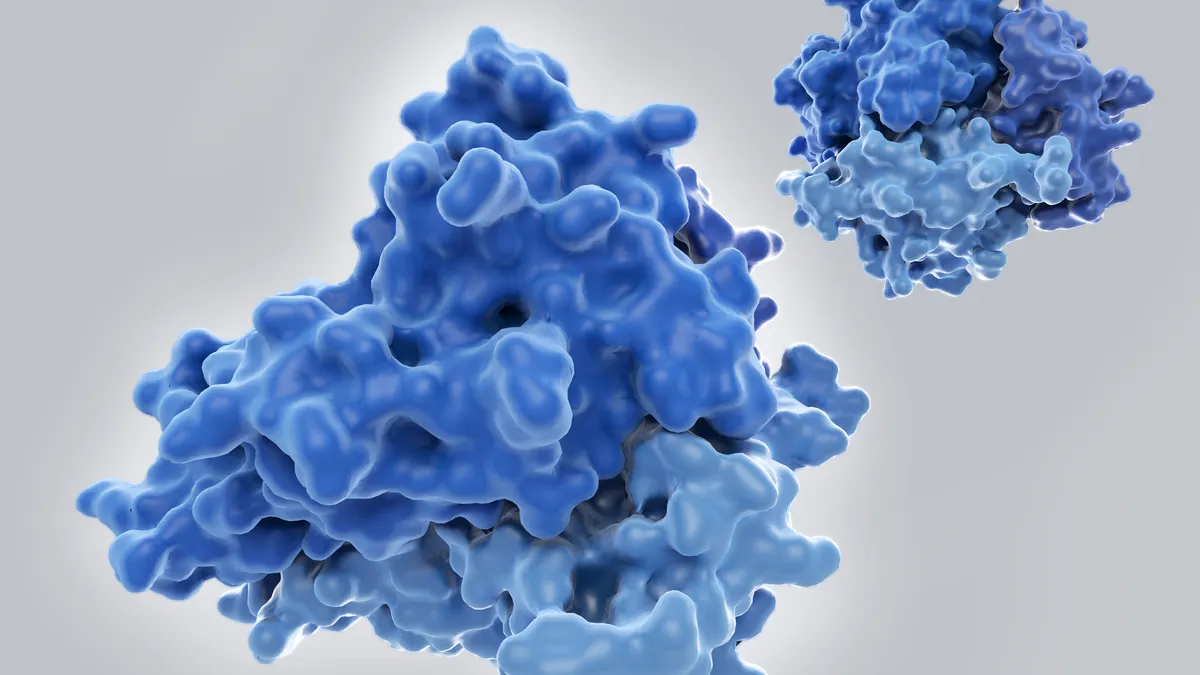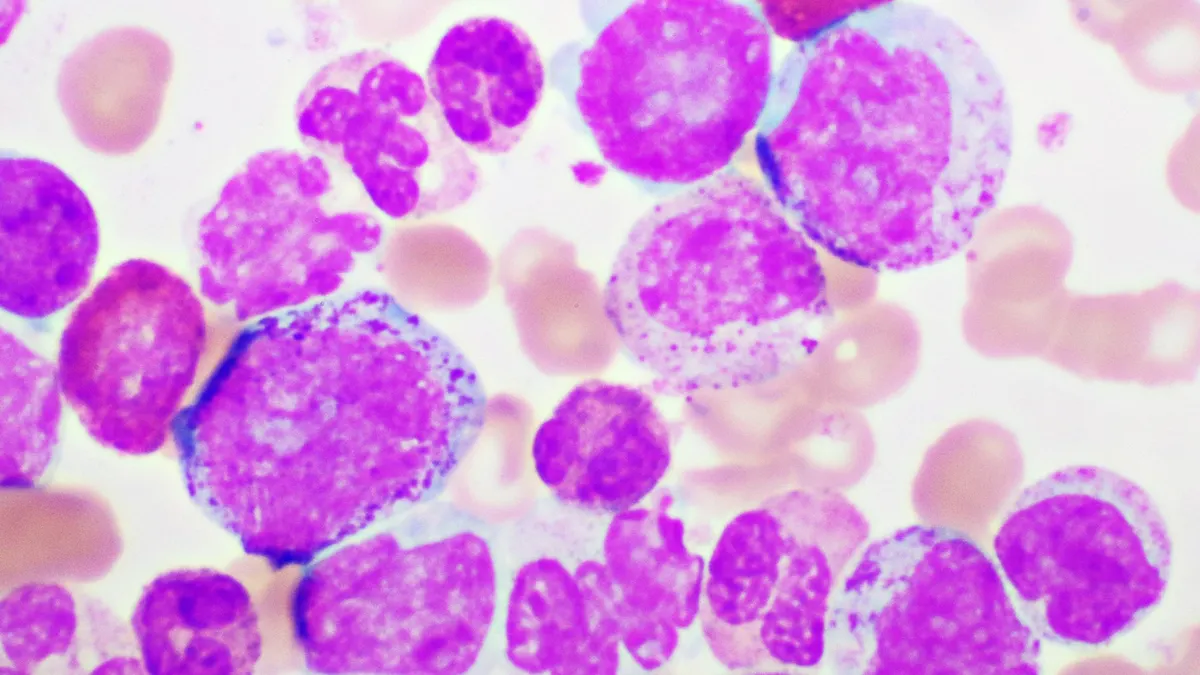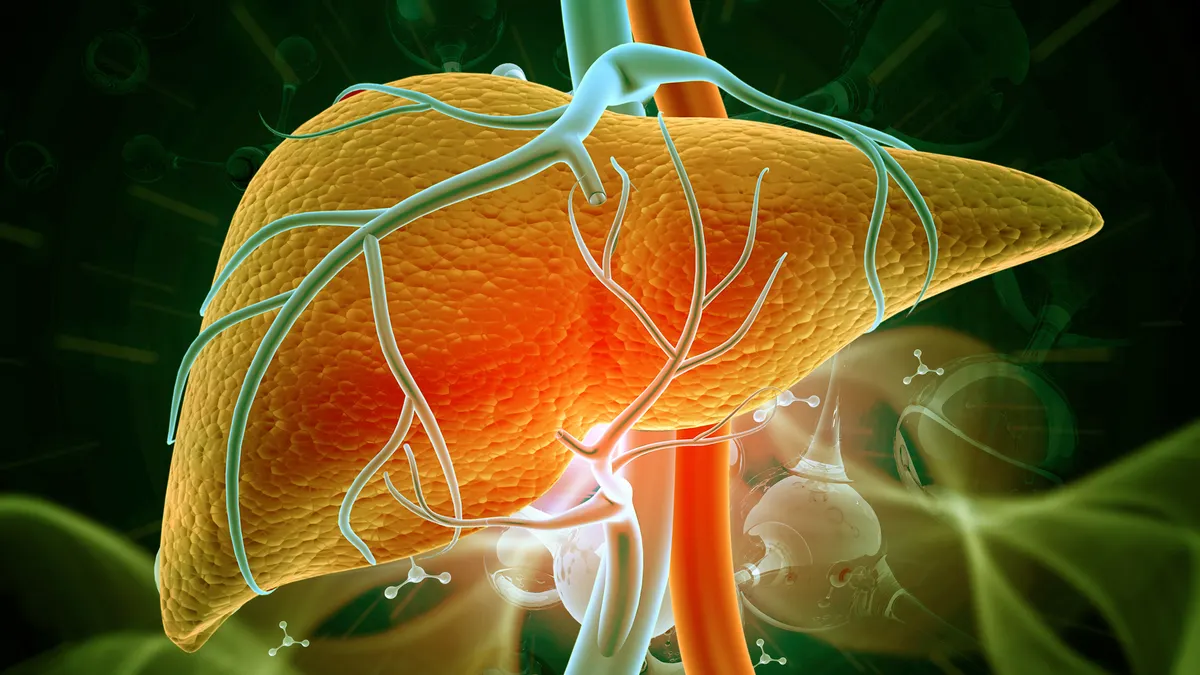Third Rock Ventures, the well-known backer of biotechnology companies, is leading a nine-figure fundraising round for a startup that aims to treat ALS by replacing broken genetic machinery.
The startup, Trace Neuroscience, launched Tuesday with $101 million from an investment group that includes Atlas Venture, RA Capital Management and Alphabet’s venture capital arm, GV. Third Rock led the round and two of its partners, Jeffrey Tong and Dodzie Sogah, will sit on the company’s seven-member board of directors.
Based in the San Francisco area, Trace’s research centers on a molecule essential for processing RNA — the snippets of genetic code that tell cells what proteins to make. If RNA is like an instruction manual, then this “TDP-43” molecule helps write the text, cut the pages and bind the book.
But TDP-43 can sometimes mutate, causing it to become dysfunctional or stop working altogether. That, in turn, impairs the production of key proteins. Over the past several years, scientists believe they’ve uncovered how this problem connects to nerve-destroying disorders. In amyotrophic lateral sclerosis, for example, research suggests that when there isn’t enough TDP-43 in the core of nerve cells, it leads to incorrect splicing of the genetic instructions for a protein those cells need to communicate.
That protein is called UNC13A, with the first half of the name a shortened form of the word uncoordinated. Its discovery dates back to the 1970s, when a genetic screening of ringworms found that those with mutated UNC13A moved more erratically or were paralyzed. About 15 years ago, human genomic studies then determined that changes to this protein are a risk factor for ALS as well as a rarer type of dementia.
To address this problem, Trace has been working on a type of drug known as an antisense therapy, which the company designed to bind to the instructions for UNC13A and ensure they’re properly processed. To date, the Food and Drug Administration has approved more than a dozen antisense therapies across a range of diseases. The first one for ALS — sold by Biogen under the brand name Qalsody — became available last year, though only for the small percentage of patients who have mutations in a different gene.
Trace is led by Eric Green, a cardiologist-turned-entrepreneur who helped launch and build multiple Third Rock portfolio companies. Green co-founded and served as chief scientific officer of Maze Therapeutics, a San Francisco-based precision medicine company that debuted in 2019. He was also head of translational research at MyoKardia, a drug developer that focused on genetic forms of heart disease and was acquired by Bristol Myers Squibb in 2020 for $13 billion.
Green said that, while at Maze, a central question facing his team was: which diseases could benefit most from genetic medicines. ALS, which had some well-established genetic targets, “came to the top of our list.” Green then started working with Aaron Gitler, a Stanford University professor whose research attempts to identify the root causes of neurodegenerative diseases.
By 2022, Gitler’s lab and two others — those of Pietro Fratta, a professor of cellular and molecular neuroscience at University College London; and Michael Ward, a senior investigator in the National Institutes of Health’s neurological disorders division — had made concurrent discoveries about the ties between UNC13A and TDP-43. And it was those discoveries that convinced Green and Third Rock a drug company should be formed.
“That was the ‘aha’ moment for us,” said Tong, of Third Rock.
Green brought the three researchers in as co-founders. Then, he turned his attention to funding.
According to Green, Trace sought to raise enough money to get through “key clinical data points.” The startup has just one drug program, which it says is on track to enter human testing in early 2026. The program’s initial target will be ALS, though Trace believes UNC13A restoration could be useful for treating other neurodegenerative illnesses as well.
Green said he expects Trace’s program to benefit from the prior work done on Qalsody. Biogen’s medicine won approval because patients given it experienced significant reductions in a protein connected to nerve cell damage. ALS drugmakers have since made this protein, “neurofilament light chain,” a key part of their development plans.
“That gives us a much stronger toolkit for evaluating our molecules than we had before,” Green said.
The Qalsody saga is also encouraging from an investor standpoint, according to Tong. Neuroscience is a notoriously difficult area of drug development; in ALS alone, many promising treatments have fizzled out in clinical testing over the past several years. That can make the argument for investing in brain research harder.
But with the Qalsody example, “all of a sudden it makes the company creation side of this and the clinical proof of concept — so what does it take to actually prove that we have something important — much more feasible,” Tong said.



